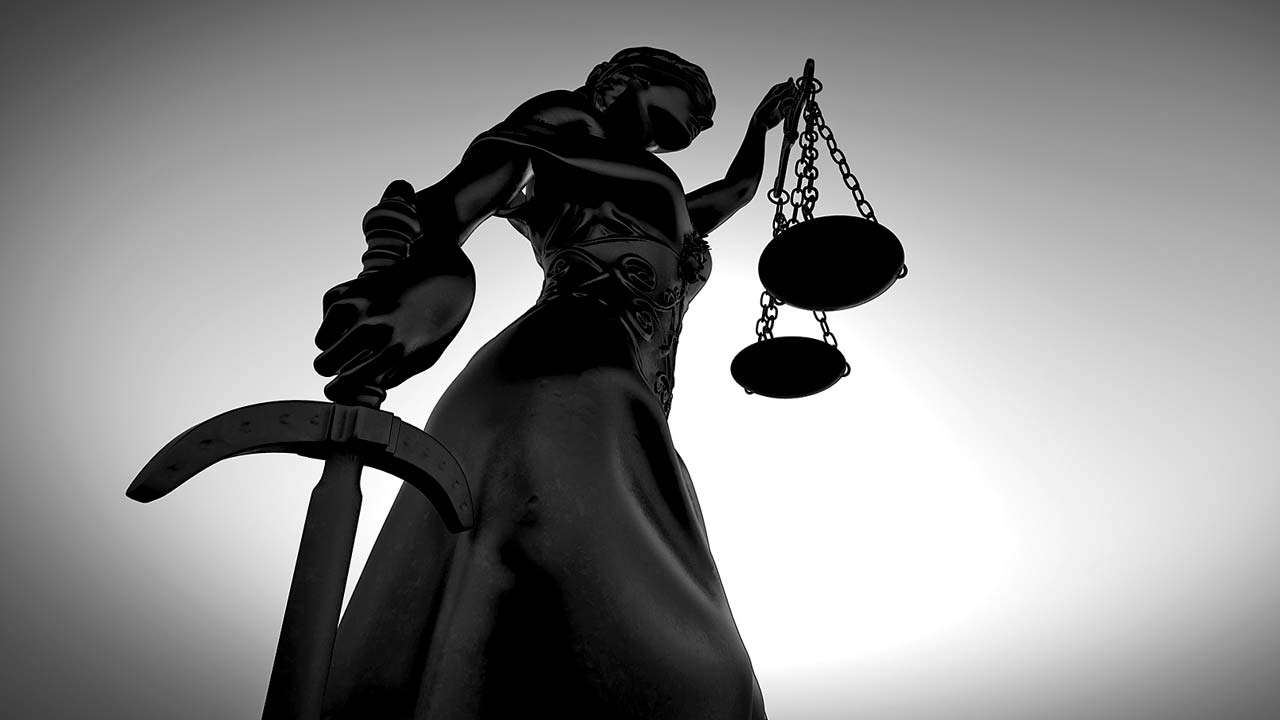
The sequential occurrence of juvenile crimes in the last couple of months is truly disconcerting. The very recent allegation against a four-year-old boy of sexually assaulting his classmate challenges the celebrated common law legal fiction doli incapax — a child can commit no wrong (Section 82 of the Indian Penal Code that falls under general exception)! The underlying principle as to ‘the benefit of doubt should always be in favour of the child’ itself is questioned.
The matter of treating ‘juvenile delinquent’ or ‘juvenile in conflict with law’ has always been a subject of debate since it involves a tension between social welfare and social control — i.e whether to focus on the best interests of the individual child or on protecting society from certain offences. With calls for handling juvenile offenders sensitively acquiring heft on global platforms, India passed the Juvenile Justice Care and Protection of Children Act, 2000 (hereinafter JJ Act) that gave pertinence to rehabilitation measures. The JJ Act created a juvenile justice system in which persons up to the age of 18 who commit an offence punishable under any law are not subject to imprisonment in the adult justice system but alternatively will be put through advice or admonition, community service, counselling, payment of a fine or, at the most, be sent to a remand home. This approach under the JJ Act was founded on the jurisprudential doctrine of parens patriae, the state as parent, to allow greater flexibility in the diagnosis as well as handling of the child’s character and lifestyle rather than on the crime committed.
However, in the aftermath of the Nirbhaya case, a frenzy of public resentment has been unleashed against juvenile crime and increasingly lawmakers are assuming that differences between adolescents and adults is immaterial when it comes to devising policies on dealing with young criminals and crimes committed by them. Consequently, the JJ Act has undergone amendments. Distressingly, the amended Act has a new section where the Juvenile Justice Board (comprising psychologists and social experts) is empowered to take a decision on children in the 16-18 age group if found in conflict with the law. The provision states that if such juveniles in conflict with law are proved of committing ‘heinous offences’, they can be tried as adults under Indian Penal Code. With the discretion vested in the Juvenile Justice Board, it is implicit that the Indian juvenile crime legislation and policy have become more punitive and have blurred the lines between juvenile and adult justice systems. Ideally, the reasonable attribution of criminal responsibility necessitates an understanding of a number of intertwined notions such as — knowledge of wrongfulness, indulgence of misconduct and its magnitude. Taken together, alongside the child’s psychological development and upbringing history, the matter is very complex.
When the Commonwealth and European legal framework recognise a welfare-orientated approach to juvenile offenders, the United States follow proportionality principle, where penalties need to be corresponding to the gravity of the crime. In the case of Venables and Thompson v. News group Newspapers, the judiciary in the United Kingdom stated “an act done by a juvenile, might have done for curiosity, playfulness or excitement. If the result of such act is against law it becomes a ‘wrongful act’, still, legal system should forgive their actions”. Ironically the American judiciary’s “get-tough” approach was apparently found in Stanford v. Kentucky, 109 S.Ct. 2969 [1981) decision. In this case, the Supreme Court upheld the death penalty for adolescents who were sixteen or seventeen at the time of their offence, and stated that the perpetrator’s age is of little significance when assessing the harmfulness of a criminal act. The same rationale has been followed in various other cases in the United States where it categorically stated that behaviour which society finds problematic can only be changed by coercive methods. This approach was criticised by various human rights activists across the world for contravening the ideology of therapeutic justice.
India’s shift towards punitive approach on juvenile offenders thus has raised several concerns questioning “child’s best interests” as envisaged under the Universal Declaration of Human Rights (UDHR). The conundrum is on imputing the criminal liability when the standard of proportionality holds that criminal sanctions should be based on the culpability of the actor as well as the harm he causes. Several researchers opine that vulnerability to peer influence, especially in situations involving pressure to engage in antisocial behaviour, increases between childhood and mid-adolescence, peaks around age fourteen, and declines slowly during the late adolescent years. The dilemmatic arguments are: Whether the law should be mixed up with emotions or should the law be viewed from victim’s suffering? Whether Indian juvenile justice system can now be labelled as a reformative and rehabilitative system when the retributive punishment policy is already chipped in under the new amendment? Whether Indian JJ Act is equipped to deal with the complexities involved when both the offender and the victim are juveniles?
The author is a research scholar at the Indian Law Institute and an Assistant professor at the Symbiosis Law School, Noida